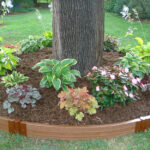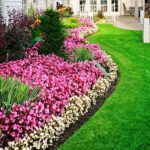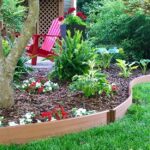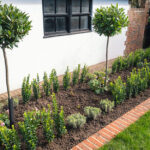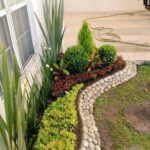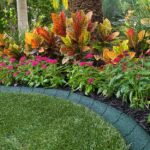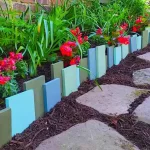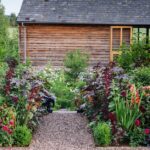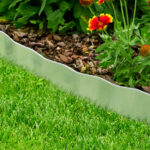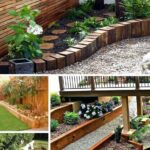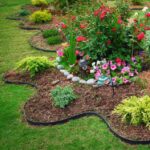Landscaping edges are a great way to define the borders of your outdoor space and add a finished look to your garden or yard. There are many different ideas for landscaping edges that can help enhance the overall aesthetic of your outdoor area. Here are six creative landscaping edge ideas to consider for your next project.
One popular landscaping edge idea is using natural stone or rock to create a border. These materials add a natural and rustic look to your outdoor space and can help define the boundaries of your garden or yard. Natural stone or rock can be used in a variety of ways, such as lining flower beds, pathways, or even creating decorative borders around trees or shrubs.
Another unique landscaping edge idea is using recycled materials, such as old bricks or wood. These materials can add a touch of character and charm to your outdoor space, and they also provide an eco-friendly option for creating landscaping edges. You can use old bricks to create a traditional brick border, or repurpose old wood to create a rustic edge for your garden or yard.
For a more modern and sleek look, consider using metal edging for your landscaping borders. Metal edging is durable and long-lasting, and it can create clean and crisp lines in your outdoor space. Metal edging is available in a variety of finishes, such as aluminum or steel, and can be used to create borders around flower beds, pathways, or even along the edges of a patio or deck.
If you’re looking for a low-maintenance option for your landscaping edges, consider using concrete or pavers. Concrete and pavers are durable materials that can withstand the elements and require little upkeep. You can use concrete or pavers to create a clean and uniform border around your garden or yard, and they can also be painted or stained to match the aesthetic of your outdoor space.
For a more natural and organic look, consider using plants as a landscaping edge. You can create a living border by planting low-growing shrubs, groundcover plants, or perennial flowers along the edges of your garden or yard. This can help soften the lines of your outdoor space and create a seamless transition between your landscaping and the surrounding environment.
Finally, consider using built-in features, such as retaining walls or raised beds, as landscaping edges. Retaining walls can help define the boundaries of your outdoor space and create terraced levels for planting, while raised beds can provide a functional and decorative element to your garden or yard. These built-in features can add depth and dimension to your landscaping design and help create a cohesive look throughout your outdoor space.

